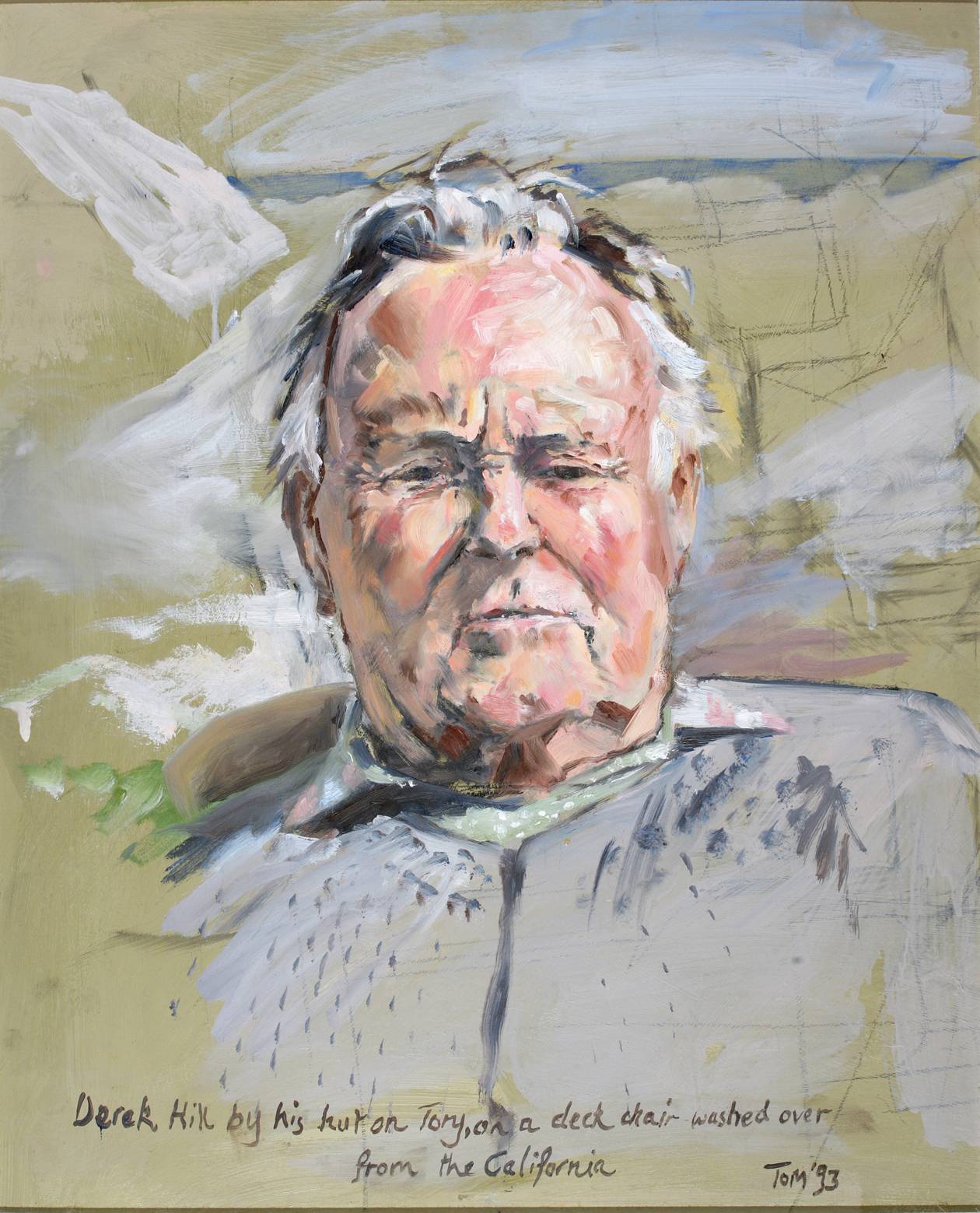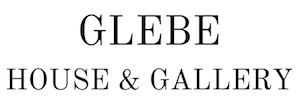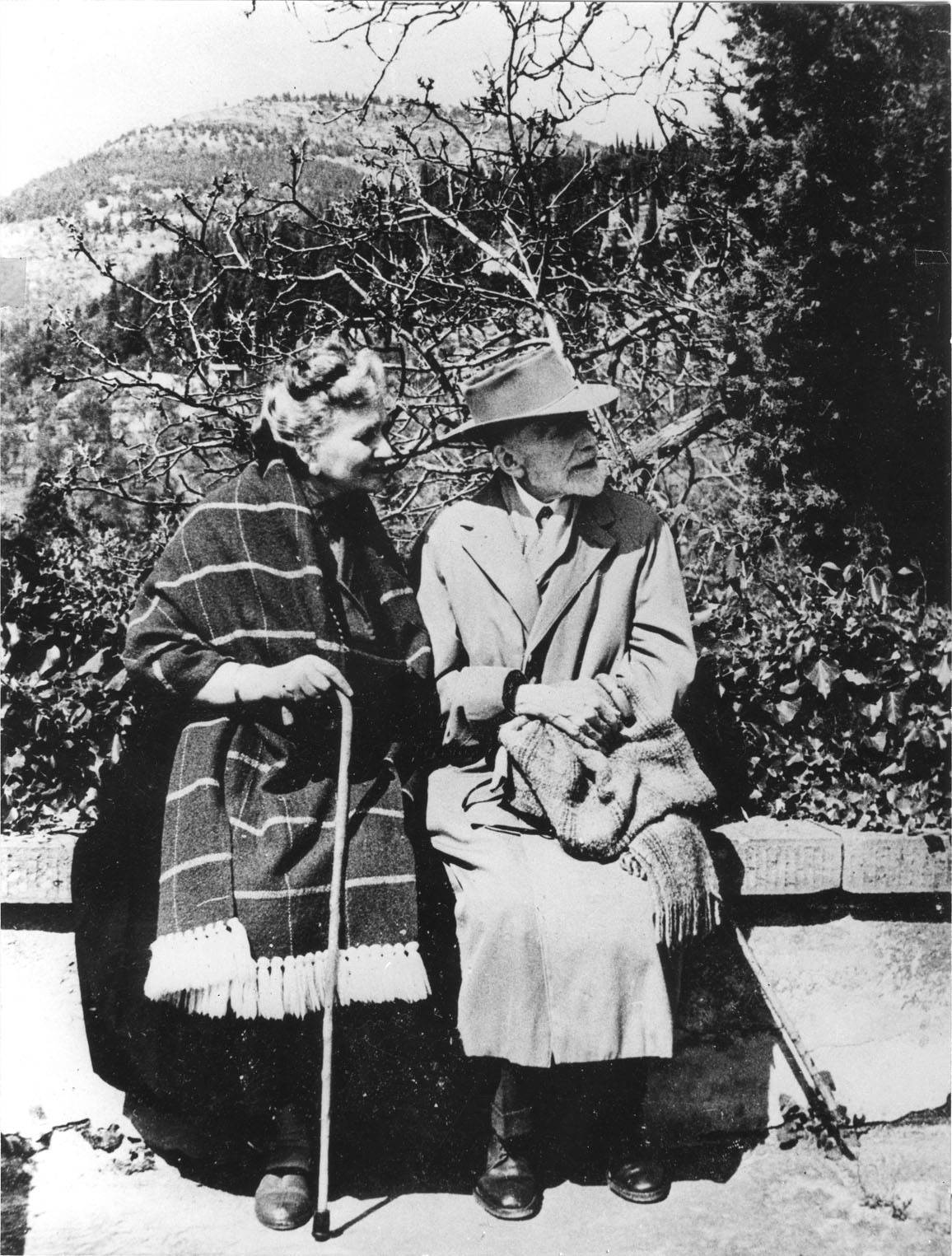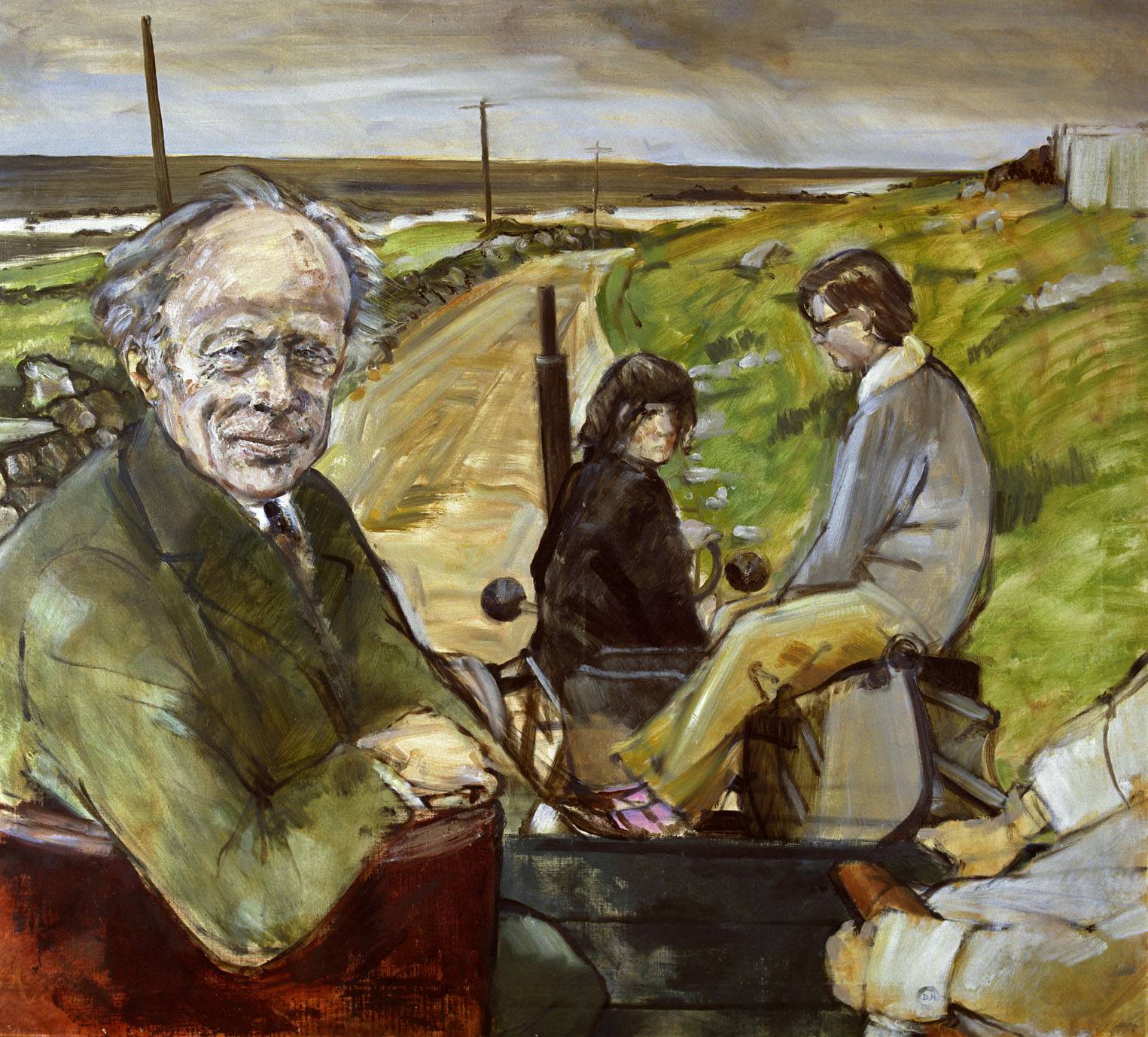Arthur Derek Hill was born in Southampton in 1916 into a wealthy family.
He had two older brothers and like them he attended Marlborough College where he demonstrated an interest in, and a talent for, painting. His father persuaded him to study stage design rather than painting as that had greater prospects for employment. Consequently he enrolled to study stage design in Munich at the age of 17.
He later studied under Paul Colin in Paris and under Dr Josef Gregor in Vienna. Dr Gregor introduced him to Tairov, the director of the Mamemney Theatre in Moscow, where he spent six months in 1936. After working in Moscow he took time out to travel east via the Trans Siberian Express to Japan, China, Bali and Siam.
In 1937 Hill returned to England to a job as costume designer at Sadlers Wells but after a short time he went back to Paris. Encouraged by Edward Molyneux, a couturier and collector of impressionist art, he rented an old mill in the Loire and took up painting in earnest. When war broke out he returned to Wiltshire in England as a conscientious objector and worked as a farm worker. He still painted in his spare time and met many artists including Mary Kessell and Victor Pasmore.
In 1943, at the age of 27, Hill had a one man exhibition in London at the Nicholson Gallery and he also organised exhibitions of the work of other artists including Degas. In 1946 Hill spent a year painting in Ireland. He had relations in Co Wicklow but mostly painted in Galway, Mayo and Achill Island where he painted with the Irish artist Louis LeBroquey.
From 1947 Hill spent a great deal of time in Italy.
He met the art historian Bernard Berenson who admired his work and became a father figure to him following the death of his own parents. He spent many winters at Berenson’s home, the I Tati estate, outside Florence.
During his time in Italy he met many Italian artists including Antonio Music, Renato Guttuso, Bruno Saetti and Giorgio Morandi. He also met the American Henry McIlhenney, who was working at the American Academy in Rome. McIlhenney owned Glenveagh Castle in Donegal at the time and invited Hill to visit him there in 1949. Hill returned again and again to Donegal and in 1953 he bought the house the old St Columb’s rectory, now Glebe House, and moved in the following year.
Glebe House was Hill’s main home from 1954 until 1981 although he continued to travel extensively during those years.
He was appointed the Art Director at the British School in Rome where he met such artists as John Bratby and Joe Tillson as well as the more famous Francis Bacon, Henry Inlander, John Craxton and Keith Vaughan.
In 1958 Derek Hill visited Tory Island for the first time and was fascinated by the light and rugged scenery. He rented a hut there and spent many weeks every summer painting. His example and encouragement led to the development of a whole school of naïve painting, the Tory Island Painters, of whom the best known artist is James Dixon
Hill’s career as a painter, particularly of portraits, blossomed and he was commissioned to paint many famous people some of whom visited St Columb’s. His portraits include those of Yehudi Menuhin, Arthur Rubenstein, Sir Michael Tippett, Wilfred Thesinger, Erskine Childers, Garrett Fitzgerald, Tony O’Reilly, Prince Charles, Lord Mountbatten, Laurens van der Post, Archbishop McQuaid and Cardinal Heard. His portrait of Anthony Eden is in the collection of the National Portrait Gallery in London.
In 1982 Hill gave his home here at Lough Gartan and its contents to the Irish people. He bought a cottage nearby but moved his base to a family home in Hampstead in London. He continued to spend time in the Gartan area and on Tory Island until his death in London in July 2000.



